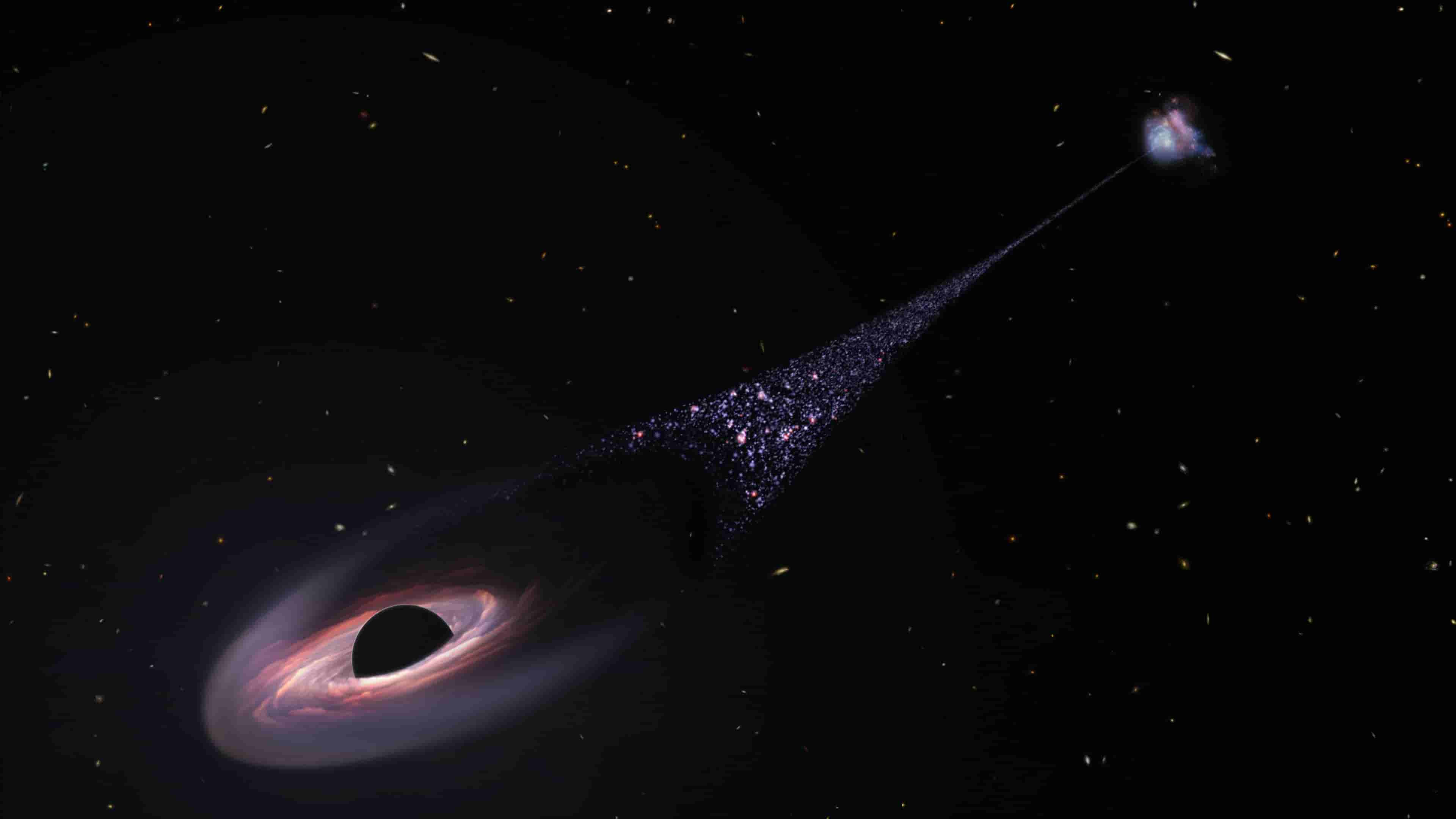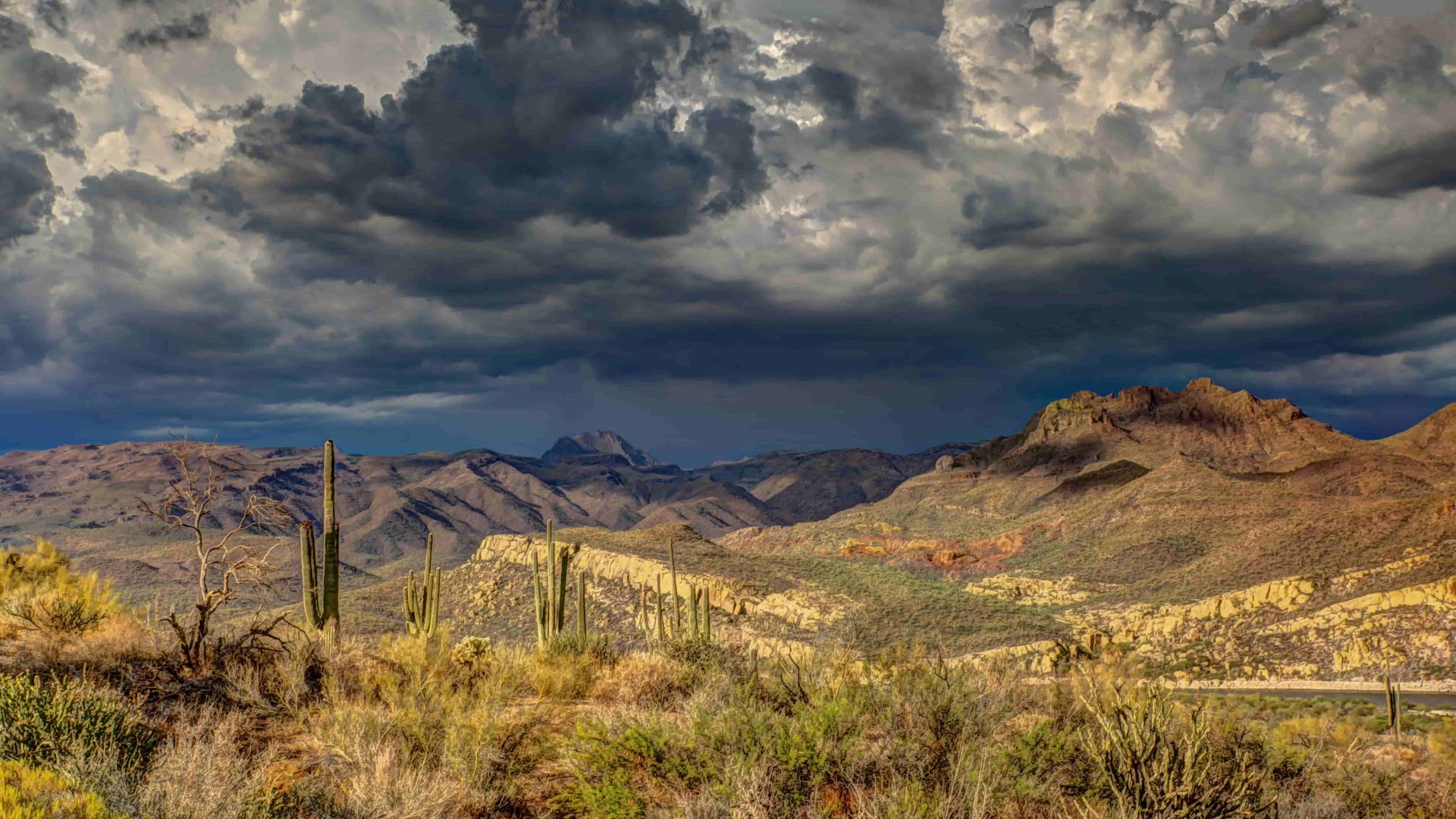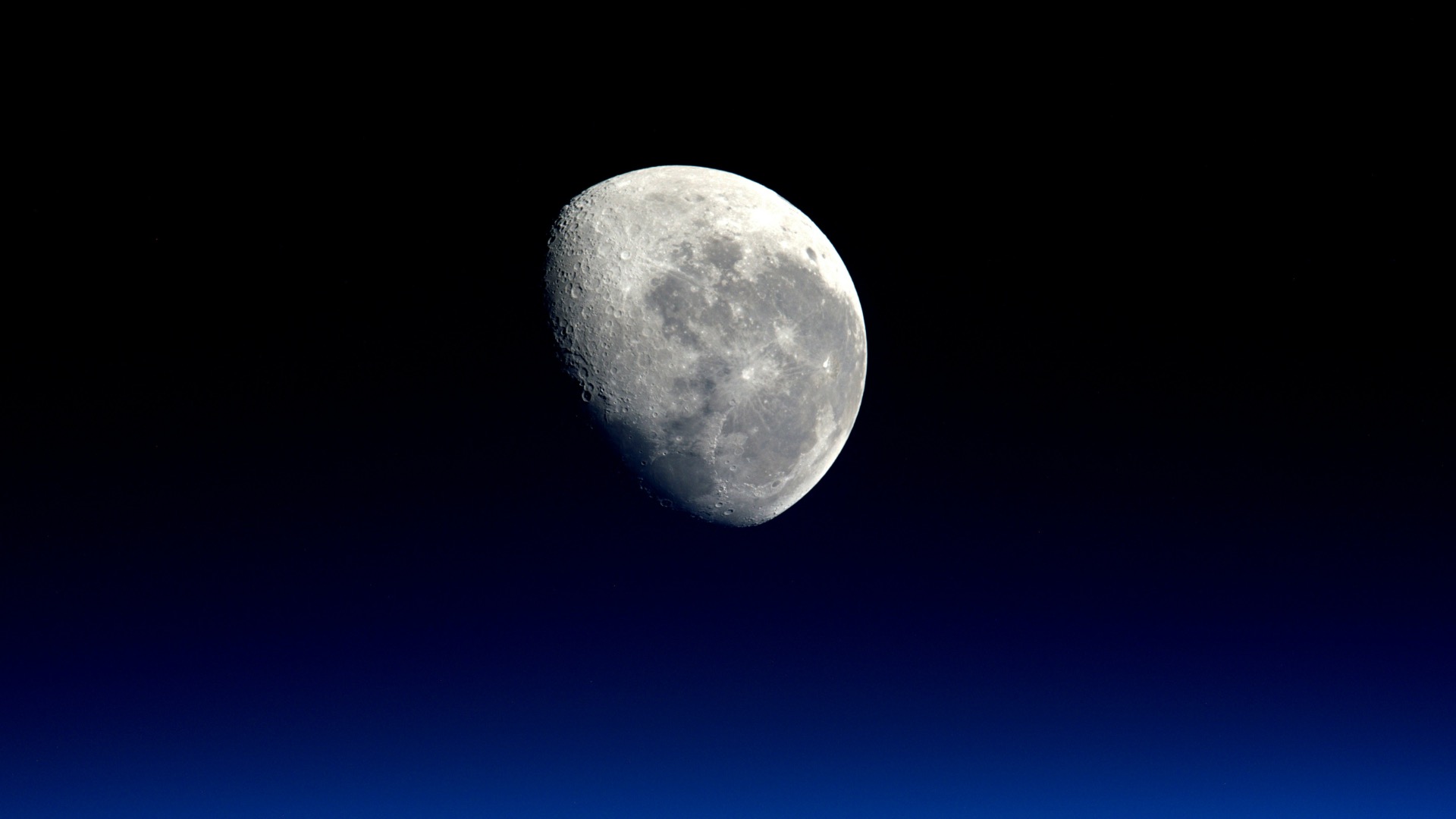Black holes are often seen as mysterious voids that consume anything that comes too close. However, recent research reveals a more complex role for black holes in the universe: they help regulate the life cycles of galaxies. In particular, supermassive black holes, which sit at the centers of massive galaxies, influence the amount of cool gas available. This cool gas is essential for creating new stars, so when it’s limited, star formation slows down or even stops. By controlling the availability of cool gas, black holes help shape the evolution of galaxies, determining which ones remain active and which become “quenched” or inactive over time.
The Importance of Cool Gas in Galaxies
Cool gas is the main building block for star formation. When gas cools and condenses, it forms dense clumps, which eventually lead to the birth of stars. In galaxies with plenty of cool gas, stars continue to form, and the galaxy remains active. However, when the supply of cool gas is cut off or reduced, galaxies lose the ability to create new stars and may enter a “quiescent” state. Scientists have long wondered what causes some galaxies to lose this gas and become inactive, especially since these galaxies often still contain older stars but lack the youthful glow of newly forming stars.
This new study suggests that black holes might be the answer. By looking at data from a range of galaxies, researchers found that galaxies with larger black holes tended to have less cool gas available for star formation, hinting at a strong connection between black holes and a galaxy’s ability to sustain new stars.
How Black Holes Regulate Cool Gas
Black holes are not just passive objects; as they grow, they emit powerful bursts of energy through a process called “feedback.” This feedback occurs as black holes pull in surrounding material, causing intense radiation and releasing powerful jets of particles that push outward into the galaxy. These bursts of energy can heat up or even expel cool gas from the galaxy, preventing it from condensing to form stars.
The study found that in galaxies with more massive black holes, the feedback effect was especially strong. The energy released by these large black holes created a kind of barrier that pushed cool gas out of reach, essentially starving the galaxy of the fuel it needed to create stars. In some cases, this effect was so pronounced that it brought star formation to a near-complete halt, a process scientists refer to as “quenching.”
Why Black Holes Matter More Than Galaxy Size
One surprising finding of the study was that the link between black hole size and cool gas content was stronger than other factors, like the galaxy’s total mass or size. Traditionally, scientists believed that the overall mass of a galaxy determined how much cool gas it could retain. However, this study suggests that the size of the black hole at its center plays an even more critical role. This insight changes our understanding of galaxy evolution, showing that black holes are a major force in controlling a galaxy’s activity and life cycle.
Implications for Understanding Galaxy Evolution
These findings help explain why some massive galaxies stop forming stars as they grow older. As black holes in these galaxies grow over time, their influence over the galaxy’s gas supply becomes stronger. Eventually, they can reach a point where they effectively turn off star formation by pushing away or heating up cool gas, causing the galaxy to enter a quiescent phase. This new understanding also provides insights into the concept of “quenching,” a process that stops galaxies from forming stars. Black holes, it appears, play a central role in driving this transition.
By showing how black holes regulate cool gas in galaxies, the research highlights the complexity of galaxy evolution and helps answer long-standing questions about why some galaxies remain vibrant with star-forming activity while others fade into quiet dormancy.
Looking Ahead: Future Research and Discoveries
This study is a significant step toward understanding how black holes influence galaxies on a cosmic scale. As scientists continue to study distant galaxies with new, more powerful telescopes, they hope to confirm whether this black hole effect is a universal phenomenon across different types of galaxies and in various environments throughout the universe.
Researchers also plan to explore how different types of black holes might impact galaxies of varying sizes and ages, and whether smaller galaxies experience similar effects from their central black holes. These future studies will help scientists build a more complete picture of how black holes not only shape individual galaxies but also contribute to the overall structure and evolution of the universe.
By uncovering how black holes impact their host galaxies, this research brings us closer to understanding the life cycles of galaxies and the hidden forces that shape the universe. It’s a reminder that black holes, far from being just cosmic vacuums, are dynamic and powerful forces that play a fundamental role in the story of galaxy evolution.


